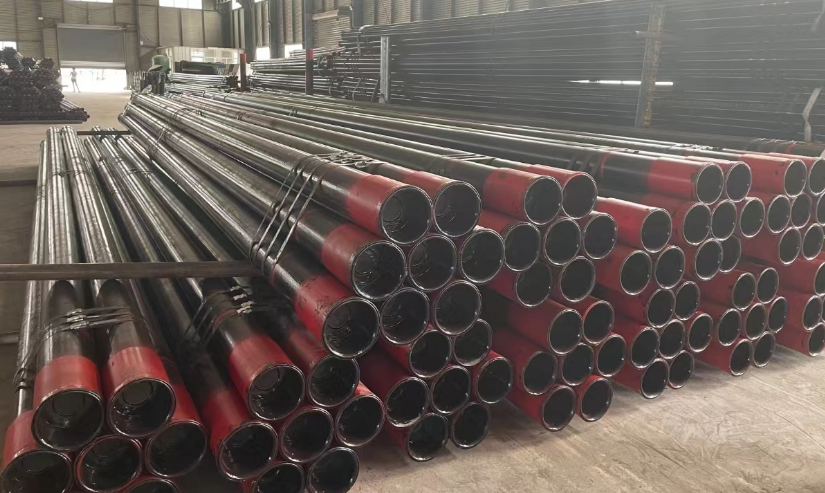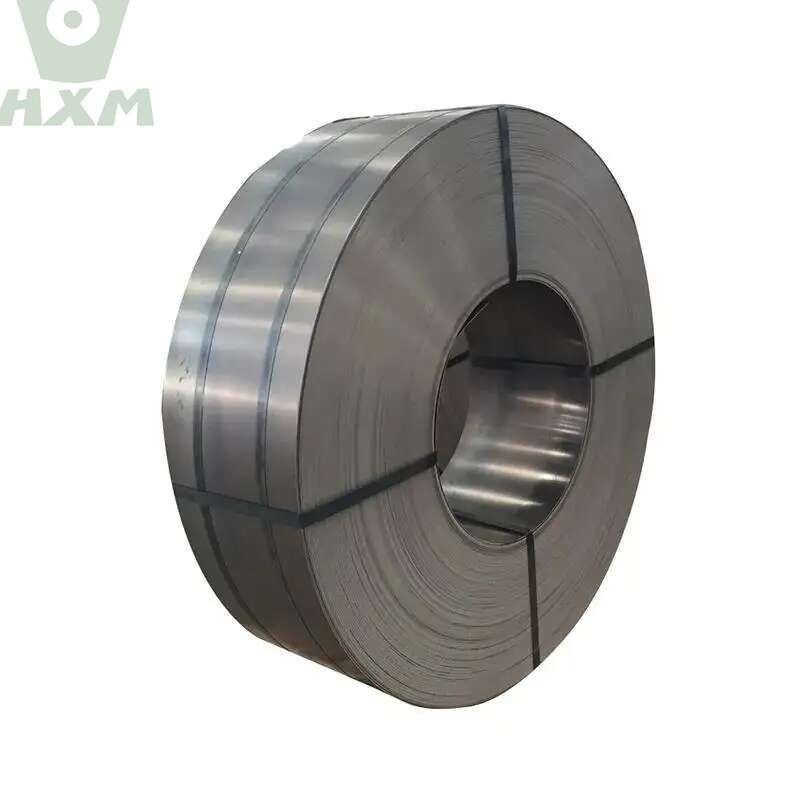Mild steel, also known as low-carbon steel, is a widely used material in various industries due to its ductility, weldability, and relatively low cost. Its name suggests a certain level of carbon content, but the exact amount can vary depending on the grade and specifications. In this article, we will explore how much carbon is in mild steel in detail, providing a complete guide for those interested in understanding this material better.

How Much Carbon Is In Mild Steel?
I. Understanding Carbon Content in Steel
Carbon is a crucial element in steel, as it affects its mechanical properties, such as hardness, strength, and ductility. The carbon content in steel is typically expressed as a percentage by weight. In mild steel, the carbon content ranges from approximately 0.05% to 0.30%, which is significantly lower than other steel grades.
II. Carbon Content and Properties of Mild Steel
The low carbon content of mild steel gives it several unique properties:
- Ductility: Mild steel can be easily shaped and formed into various shapes and sizes without breaking or fracturing.
- Weldability: The low carbon content makes mild steel easy to weld, as it does not form brittle weld zones.
- Malleability: It can be rolled, punched, and drawn into thin sheets or wires without significant loss of strength.
- Strength: Despite its low carbon content, mild steel still possesses reasonable tensile strength and yield strength.
III. Carbon Content and Applications of Mild Steel
The carbon content in mild steel makes it suitable for a wide range of applications:
- Construction: Mild steel is commonly used in building construction due to its ductility and weldability, making it easy to fabricate into beams, columns, and other structural elements.
- Automotive Industry: It is widely used in the automotive industry for manufacturing various components such as chassis, body panels, and suspension systems due to its lightweight and strength.
- Machinery and Equipment: Mild steel is often used in the manufacture of machinery and equipment parts due to its ease of machining and welding.
IV. Determining Carbon Content
The carbon content of mild steel can be determined through various testing methods, including chemical analysis and spectrographic analysis. These methods provide accurate measurements of the carbon content, allowing manufacturers to ensure that the steel meets the required specifications.
Conclusion
Mild steel, with its low carbon content ranging from 0.05% to 0.30%, offers a unique combination of ductility, weldability, and strength. Its carbon content plays a crucial role in determining its properties and applications. Understanding the carbon content of mild steel is essential for selecting the right material for specific applications. With its widespread use in construction, automotive, and machinery industries, mild steel remains a popular choice for its balance of properties and cost-effectivenesss.
Thank you for reading our article and we hope this article can help you to find the answer to the question – How much carbon is in mild steel? If you are looking for mild steel suppliers online now, we would advise you to contact Huaxia Steel.
As a leading supplier of carbon steel products from Shanghai, Chian, Huaxia Steel provides customers with high-quality carbon steel, tool steel, alloy steel, carbon steel tubes, and carbon steel pipes at a very competitive price.








